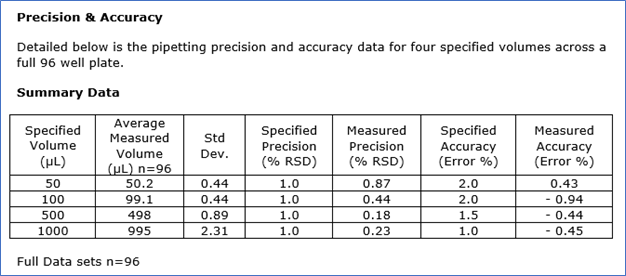So, you’ve decided that you need to develop some new methods and one of the biggest challenges is the cost of developing and validating new methods. So, what to do to speed up the process?
You would like:- -a method using much less sample volume because 1 mL of blood is just too much nowadays!
- -to use less solvent in your sample prep method. Paying to properly dispose of so much solvent has become a lot with the increased samples in the lab.
- -to eliminate the evaporation step of your extraction. If possible, obviously. You would love this!
Seems fairly doable to have all of this in one method, right? Well, sometimes these things are easier said than done.
Developing a new method that checks all of these boxes can introduce some unique challenges to a lab. One of the biggest challenges is the cost of developing new methods. We don’t usually have extra analysts that can take the time to not only develop new methods but then validate them. This means that these validations can end up taking months, if not a year or two.
As the article “Exploring cost of quality in the lab” published on Medical Laboratory Observer pointed out, quality must be maintained, and shortcuts would cost a lab more in the long run.
The cost of consumables for the development and validation of these methods is also not cheap, much less solvent cost, controls/calibrators cost, and the cost of running the instrument.
Not only can it be costly to develop these methods, but sometimes, our instruments can’t handle the new methods that we would like to put on them! Many liquid handlers have limits on how low of a volume you can pipette, which can affect developing new methods using lower sample volumes and lower elution volumes.
Below is an example of what can be achieved with a classic sample prep workstation.

A lot of microelution methods that don’t require evaporation have elution volumes much lower, like 20-50 µL. The minimum pipetting volume for many liquid handlers can be anywhere from 20-100 µL, but you have to consider accuracy and precision at those limits. Carefully consider this if you already have automation in your lab and your system is designed for larger volumes.

 Organic Workflow
Organic Workflow Peptide Workflow
Peptide Workflow Scale-Up Flash Purification
Scale-Up Flash Purification  Sample Preparation
Sample Preparation Biomolecule Purification
Biomolecule Purification Oligo synthesis
Oligo synthesis Scavengers and Reagents
Scavengers and Reagents Service & Support
Service & Support Accessories & Spare parts
Accessories & Spare parts Investors
Investors Reports & News
Reports & News The Share
The Share Corporate Governance
Corporate Governance Calendar
Calendar Sustainability
Sustainability Our Offering
Our Offering Our History
Our History Our Locations
Our Locations Leadership
Leadership